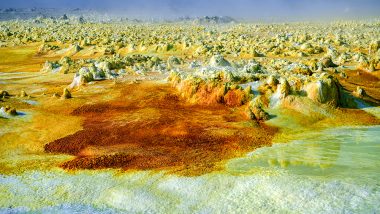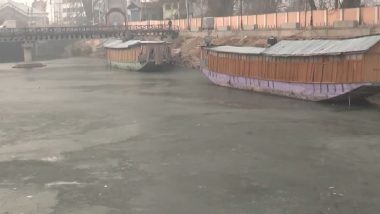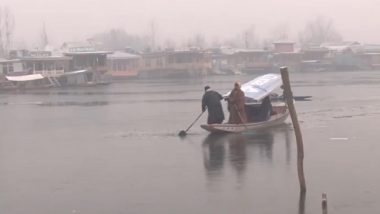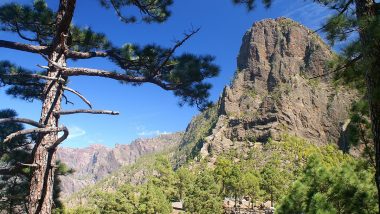Hues of yellow, varying shapes of moulds, still waters and a splash of unique entities will welcome you with unending arms to Ethiopia's Danakil Depression. Located in the Afar region of northern Ethiopia, the vast desert lies about 125m below sea level. It is one of the hottest and inhospitable places on the Earth with an average temperature of 34.5 Celsius. It receives just 100 to 200mm of rainfall per year making it one of the most inhospitable environments in the world. Disaster Tourism: 7 Tourist Places That Are Popular For the Destruction it Witnessed.
The region overlaps its borders with Eritrea, Djibouti and the entire Afar Region of Ethiopia and is a part of the great East African Rift Valley. Danakil Depression lies like a beautiful corpse formed from the effects of nature's varying moods. It is a geological depression that has resulted from the divergence of three tectonic plates in the Horn of Africa. Its uniqueness is due to acidic pools, vast salt pans, mineral-filled lakes, springs, volcanoes and geysers it has been witnessing since centuries.
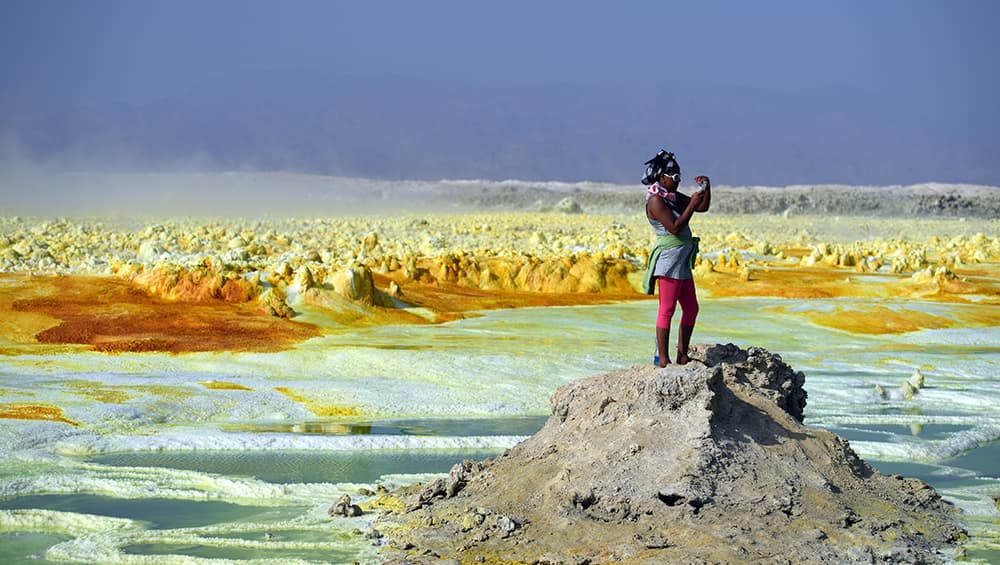
The volcanic activity heats spring water, bringing sulphur and iron to the surface leaving residues in the colours of yellow, green and orange.
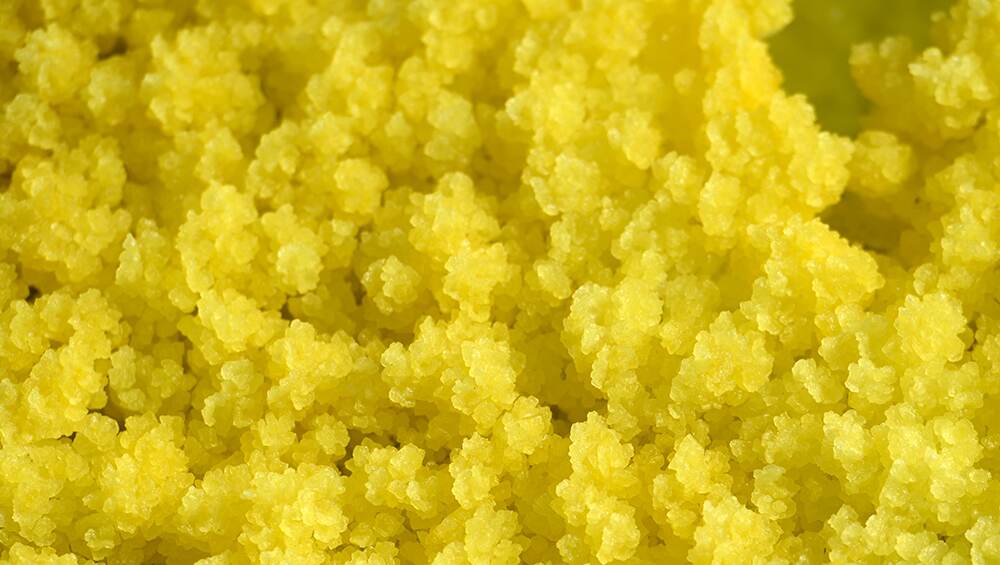
Locals travel on the land to dig out salt with their hands, on camels. The mineral is extracted into slabs and loaded onto the animals and transported across the desert to be sold across the country. In recent years, the place has been receiving tourists, however, governments have not been encouraging its citizen to visit Danakil Depression due to its complex geological history and the impending natural issues.
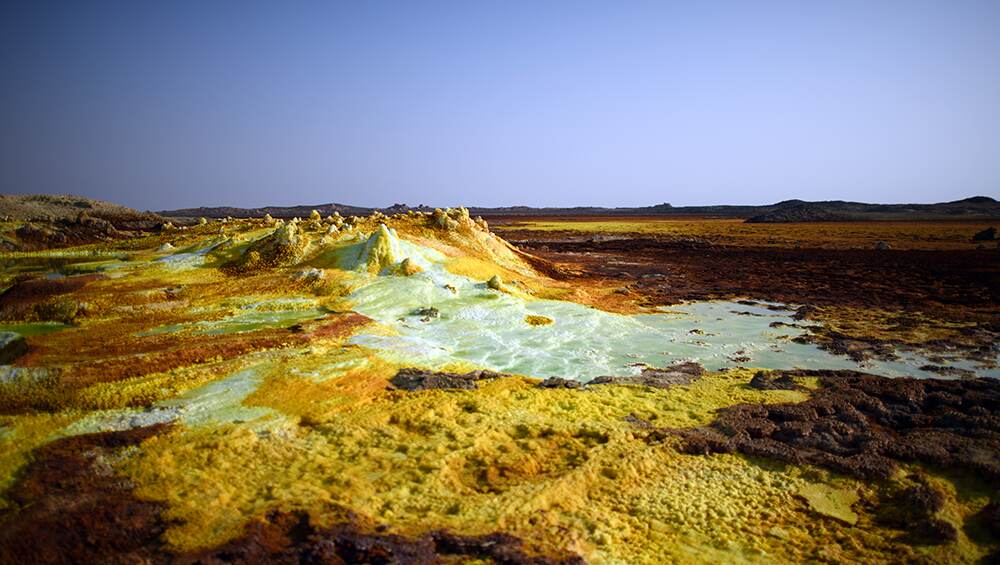
Walking on the land would make you think if you are still on Earth, because this place boasts of everything you have not seen. In the night, the lake lakes spit out fissures giving it a mesmerising look in the dark.
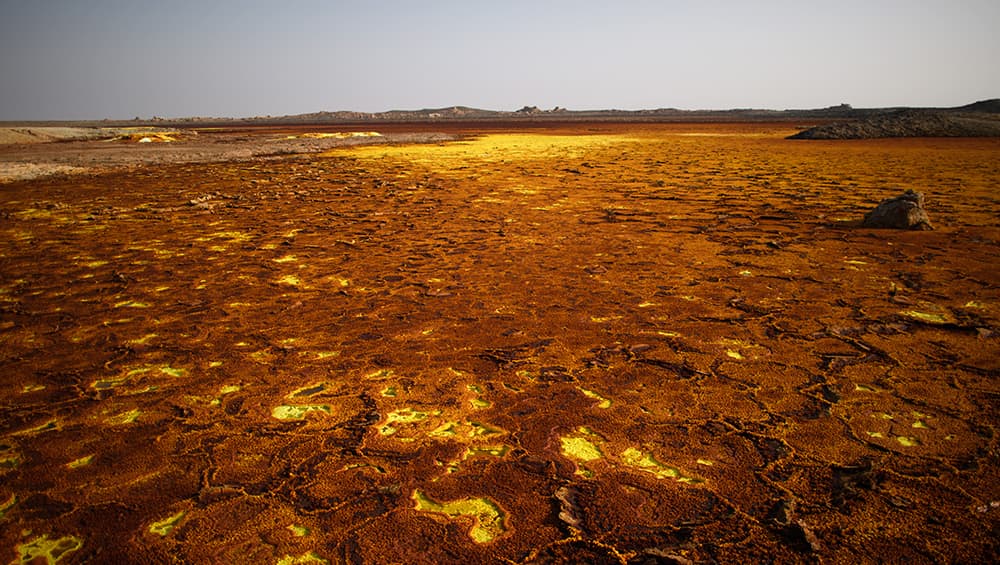
From bubbling lava lakes waiting to burst out into a rainbow of hydrothermal fields and stunning salt pans, the beauty is both dangerous and naïve at the same time.
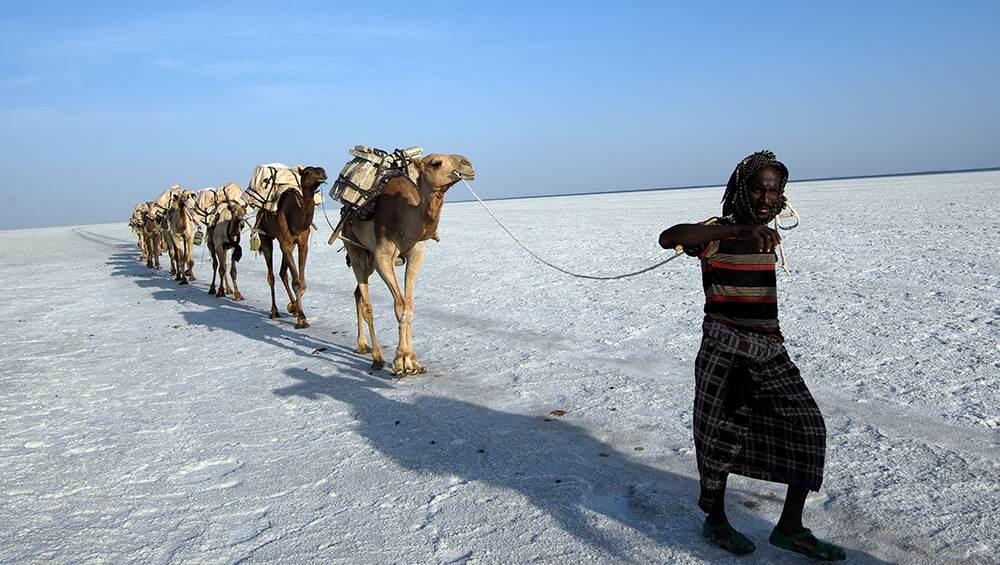
Due to its geographic location, the Earth's tectonic plates will move apart in the rift valley creating new crust. Currently, it is moving along three deep rifts at a rate of 1-2cm per year. In the future, maybe hundreds of years later, the plates will move and the Red Sea will spill out giving birth to a new ocean. But the activity will drown the region completely.
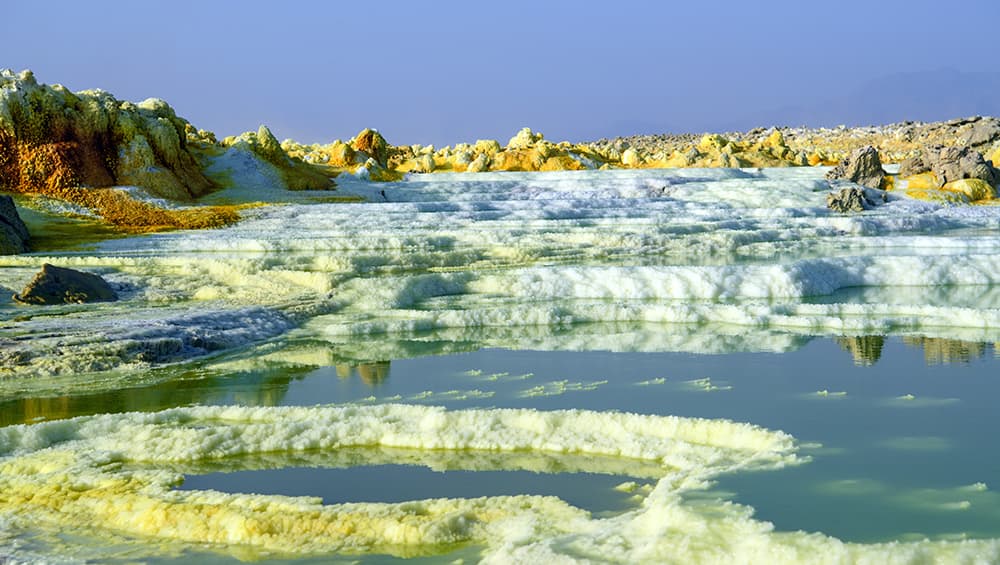
In the recent past, some palaeontologists have found fossils in the region. Donald Johanson and colleagues found the celebrated Australopithecus fossil known as "Lucy" in the region in 1974. Following which fossils have been uncovered from the region multiple times making researches believe that it is the place where species first evolved. It is often referred to as the "cradle of humanity".
(The above story first appeared on LatestLY on Sep 01, 2019 06:00 PM IST. For more news and updates on politics, world, sports, entertainment and lifestyle, log on to our website latestly.com).













 Quickly
Quickly









